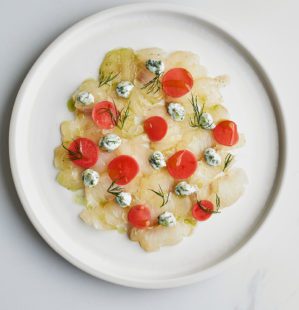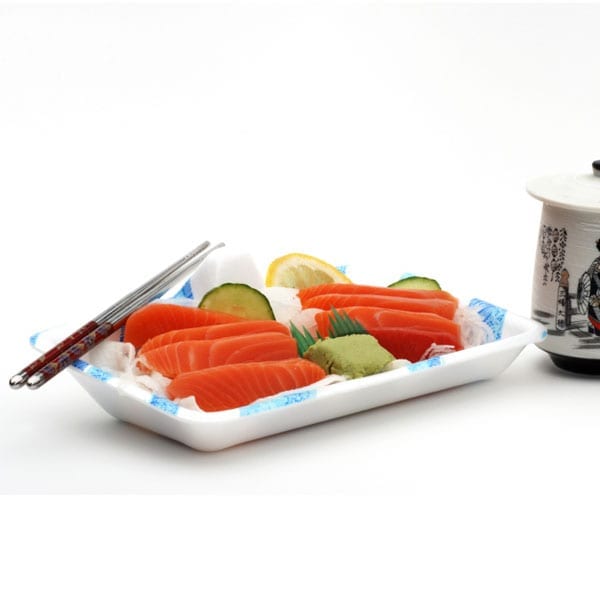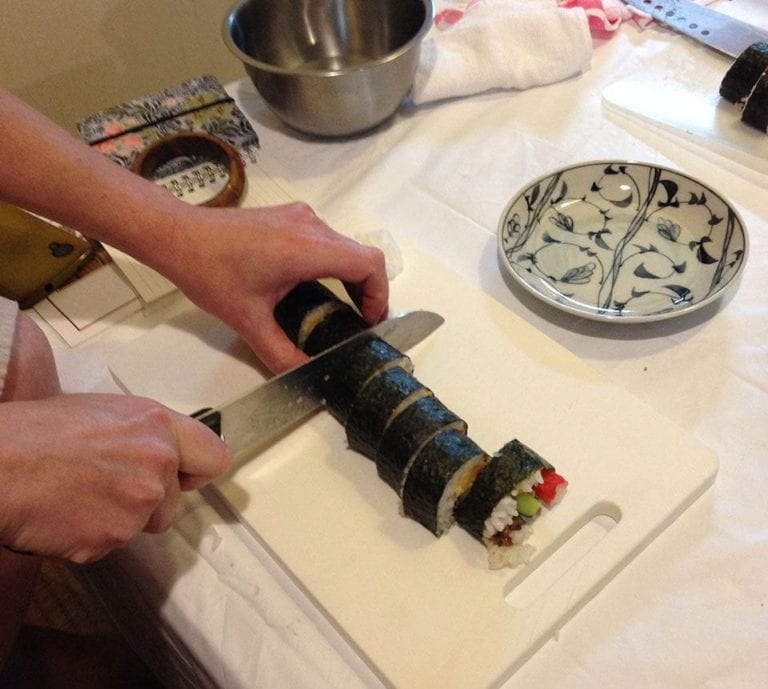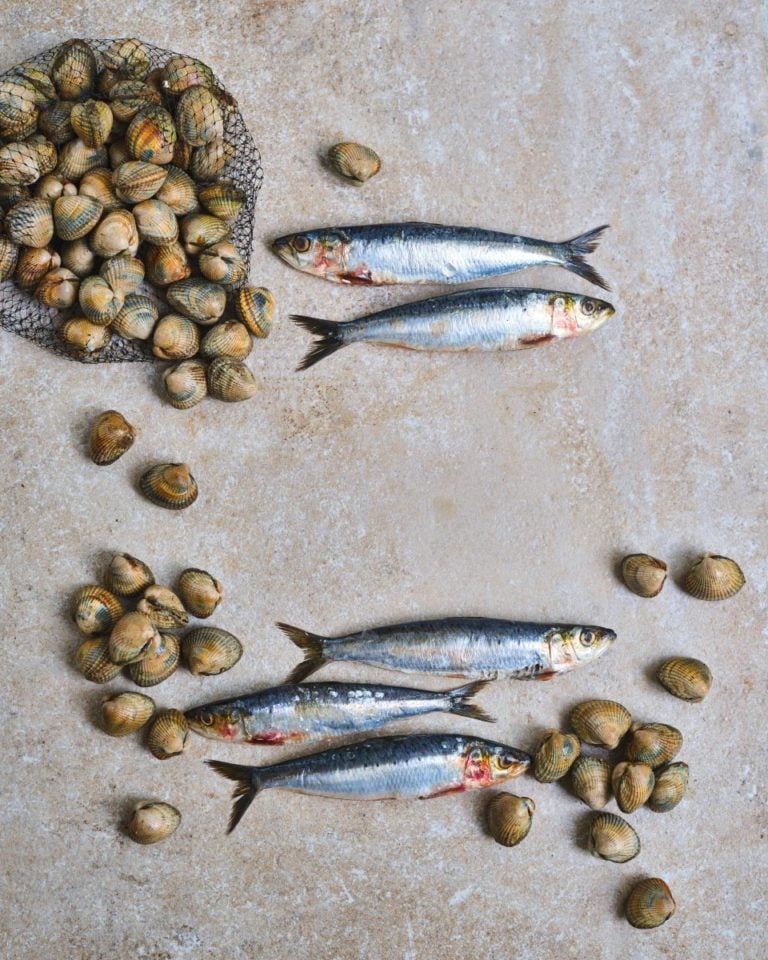Raw fish is good, actually
Serving and eating raw fish can sound scary but, for Pollyanna Coupland, a crudo, tartare or ceviche fits the bill like little else during the summer months. You can eat raw fish when you prepare it the right way, and it’s perfectly healthy when treated right. Keep reading for all the tips you need about eating fish raw, and then find four knockout recipes that keep things fresh and zesty.
There’s more to raw fish than sushi! Dive in. Or explore all our raw fish recipes here.
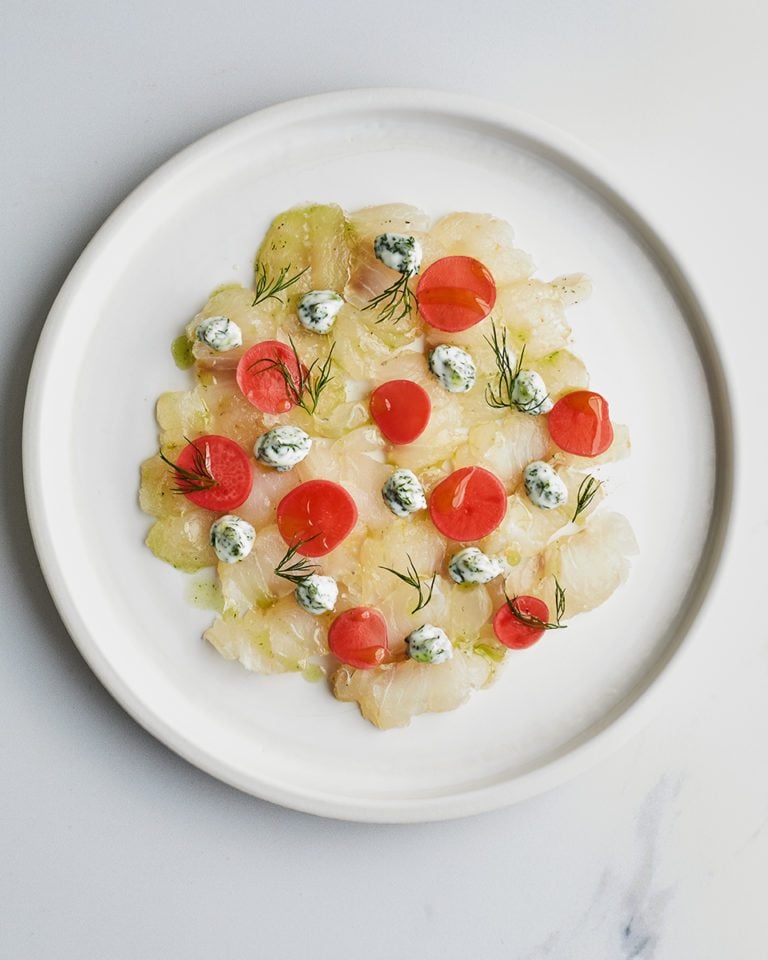
Whilst many of us wouldn’t think twice about ordering a sea bass ceviche or salmon tartare in a restaurant, we tend to be a bit more hesitant preparing raw fish at home. I want to change that! The actual preparation for raw fish dishes tends to be incredibly simple (because, of course, it requires no cooking) and the flavours are always bright and refreshing. The most important part of the whole process (and perhaps the trickiest) is sourcing your fish.
Buying the right fish
As with any fish, look out for bright clear eyes, red gills (not brown) and a smell of the ocean (rather than a ‘fishy’ smell). For raw fish dishes you need to go to a trusted fishmonger or decent online supplier rather than the supermarket, as quality and freshness make such a difference to the final flavour and texture. This doesn’t mean you need to hang around the fishing port to grab fish fresh off the boat – fish destined to be eaten raw should always have been frozen at -20°C or lower for at least 24 hours to kill off any potential nasties.
Even the finest, most expensive sushi and sashimi has to be legally frozen first in many countries (including the UK) and a lot of top quality fish is frozen at sea as soon as it’s caught, to preserve freshness. There are some great online suppliers that deliver this fish in its still-frozen state, and good fishmongers will be able to tell you what’s been frozen in advance and is therefore safe to eat raw.
Raw fish dishes are meant to be simple, leaving the fresh fish to shine through and be the star of the show. Because of this simplicity, however, everything matters: the quality of the fish, the way it’s cut, the perfect balance of the dressing, and something to give the dish some contrasting texture. While there’s no one correct way to do things, these ideas and guidelines should ensure success.
Cutting it down to size
Slice it!
Thin slices of raw fish tend to melt on the tongue and avoid the ‘fleshy’ texture larger pieces of raw fish can have. They also provide you with more surface area to coat the fish in your chosen dressing. Thin slices are well suited to white fish with a delicate flavour, and lightly cured fish in particular. Try it in my citrus-cured whiting recipe (below).
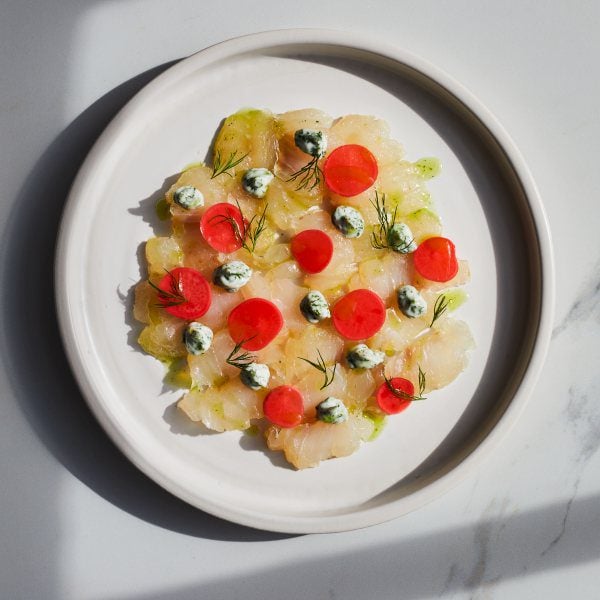
Top tip: Pop your fish in the freezer for 90 minutes before slicing – this firms it up without freezing it solid, making it easier to get thinner, more even slices.
Cube it!
In a ceviche or tartare the fish will often be diced into little cubes or chopped into tiny chunks, again helping to create a larger surface area and providing a slightly firmer texture – perfect for fish that break apart when sliced. You tend to find this method used for tuna and other meatier, oilier fish.
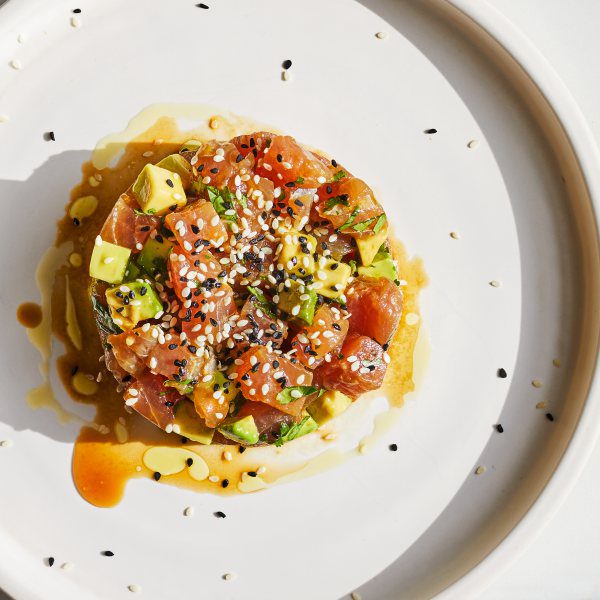
Dressing to impress
While you don’t want to overpower the fish’s natural flavour, the all-important dressing will really make it sing. As with cooked fish dishes, salt and acidity are the two core components.
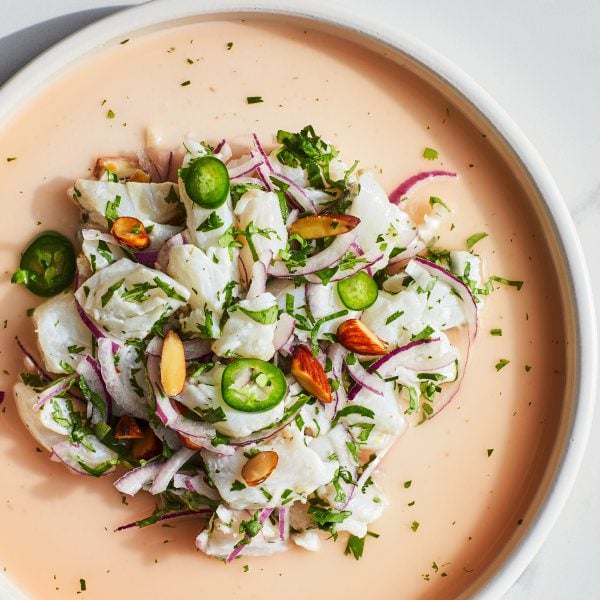
Salt will season the fish, enhancing its natural flavour and, if you want it to, lightly cure the flesh, giving it a firmer texture. Using good quality sea salt flakes is best for adding pure neutral saltiness, but try playing around with salty ingredients such as soy sauce or even crunchy samphire spears.
Acid Lemon and fish make a classic duo we all know and love, but don’t forget about the other citrus fruit like lime, orange and grapefruit. Lots of other fruit can deliver the same sour punch; get creative with a sharp green apple, a spoonful of passion fruit seeds or whizzed up raspberries. If fruit and fish isn’t your thing, vinegar is your friend – and there are lots of vinegars out there. As you’re not heating the vinegar you’ll really taste it, so fancy varieties like sweet moscatel sherry vinegar, champagne or prosecco white wine vinegar, or good quality live cider vinegar (with a mother in the bottle) will shine.
Top tip: Oily fish such as tuna, salmon or mackerel have meatier textures and a stronger flavour, so they can stand up to bolder ingredients such as salty soy sauce or hot chilli. Something more delicate like halibut tends to need little more than a spritz of citrus to enhance its natural flavour.
Raw fish from around the world
Most nations around the world have their own version of a raw fish or seafood dish. From Japan’s famous sashimi to Hawaiian poke, Mexican aguachile to Nordic gravadlax, kinilaw from the Philippines to our very own native oysters, there’s heaps of inspiration out there. While it’s practically impossible to choose a favourite raw fish dish, here are four of my favourites that have formed the basis of my no-cook fish recipes…
Crudo
It means ‘raw’ in Italian and it’s a popular way of serving the freshest fish in Italy. Similar dishes are also known as carpaccio, which is basically something raw and very finely sliced. It’s probably the most rustic of the raw fish dishes out there, and can be as simple or as arty in presentation as you like. It encapsulates the maximum-beauty-from-minimal-cooking school of thought, and makes a great dinner party starter.
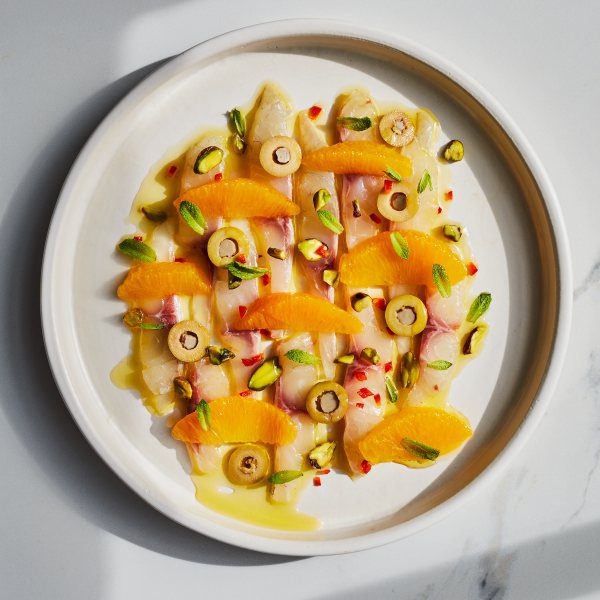
Find my sea bream crudo recipe here.
Ceviche
Hailing from South America, most notably Peru, ceviche is a dish of raw fish marinated in a dressing named ‘tiger’s milk’, usually consisting of citrus juice infused with chilli, garlic, ginger and coriander stems. The heavily acidic dressing begins to ‘cook’ the fish on the outside, giving it a pleasing texture as well as a delightfully refreshing flavour. It’s traditionally tossed with crisp red onion, more chilli, cooked sweet potato and canchita – a salted corn snack. The leftover dressing is said to be a decent hangover cure, so keep it on-hand in the fridge for the morning after if needed!
Try the dressing technique in my hake and rhubarb ceviche recipe here.
Tartare
Tuna tartare – the fishy alternative to France’s famous beef tartare – was invented in the 1980s by Japanese chef Shigefume Tachibe, who was working in a French bistro in California serving a tasting menu that included beef tartare. When a customer felt uneasy about eating raw meat and requested an alternative, the chef created a version using tuna, with Japanese influences of soy sauce and ginger. It was so popular, the dish quickly found its way into menus the world over and is now a calling card of the US state’s cuisine.
Find my tuna tartare recipe with avocado and soy here.
Cured
If you’re a fan of gravadlax you’ll be familiar with the texture of cured fish, which can be tricky to describe in an appetising way. The flesh firms up, giving it a translucent, almost jelly-like waxy texture (I told you!). It’s a good gateway into raw fish if it’s the texture that puts you off and, if you use thin fish fillets, the curing time is far shorter than for a whole side of salmon.
Subscribe to our magazine
Food stories, skills and tested recipes, straight to your door... Enjoy 5 issues for just £5 with our special introductory offer.
Subscribe
Unleash your inner chef
Looking for inspiration? Receive the latest recipes with our newsletter
